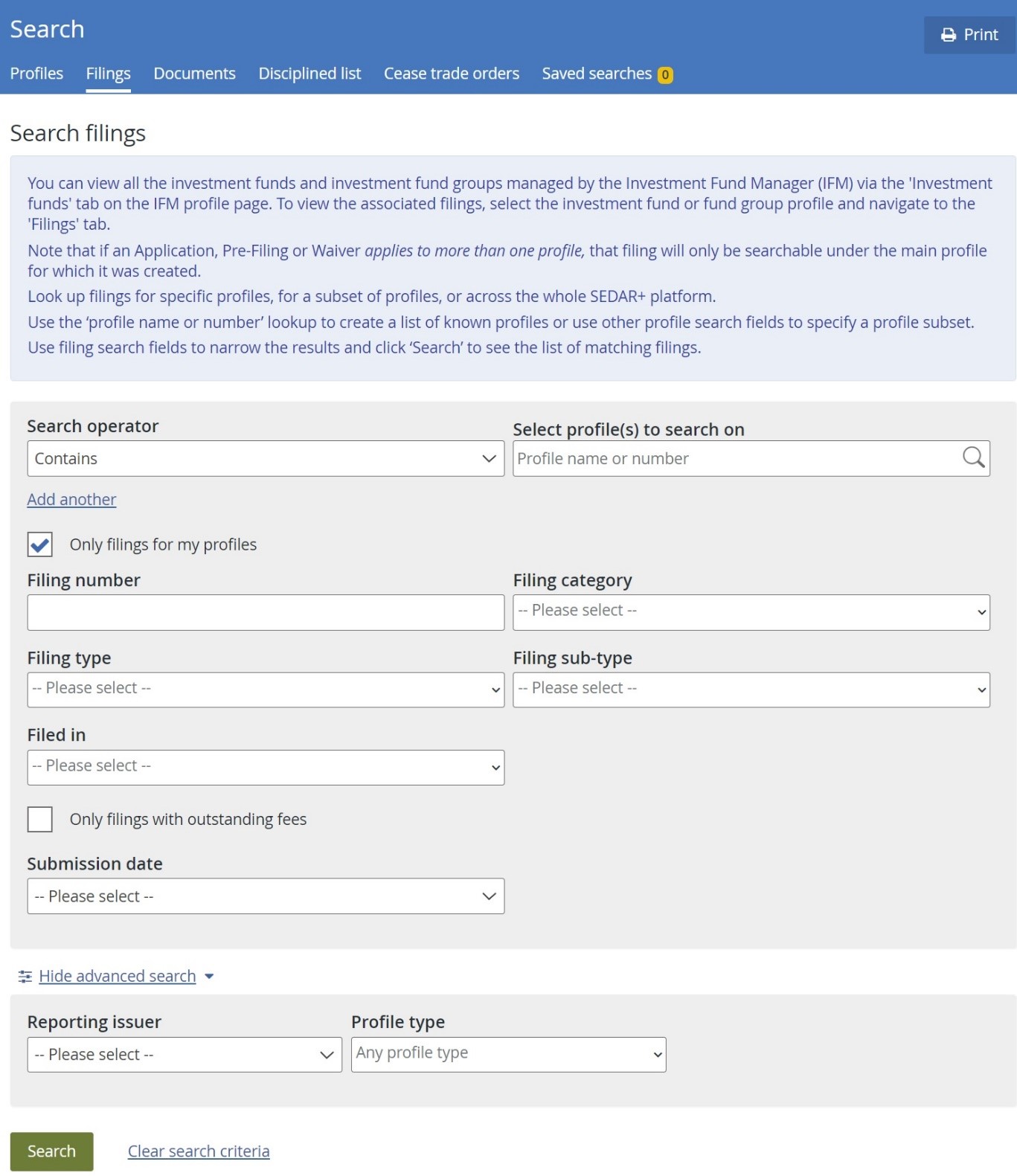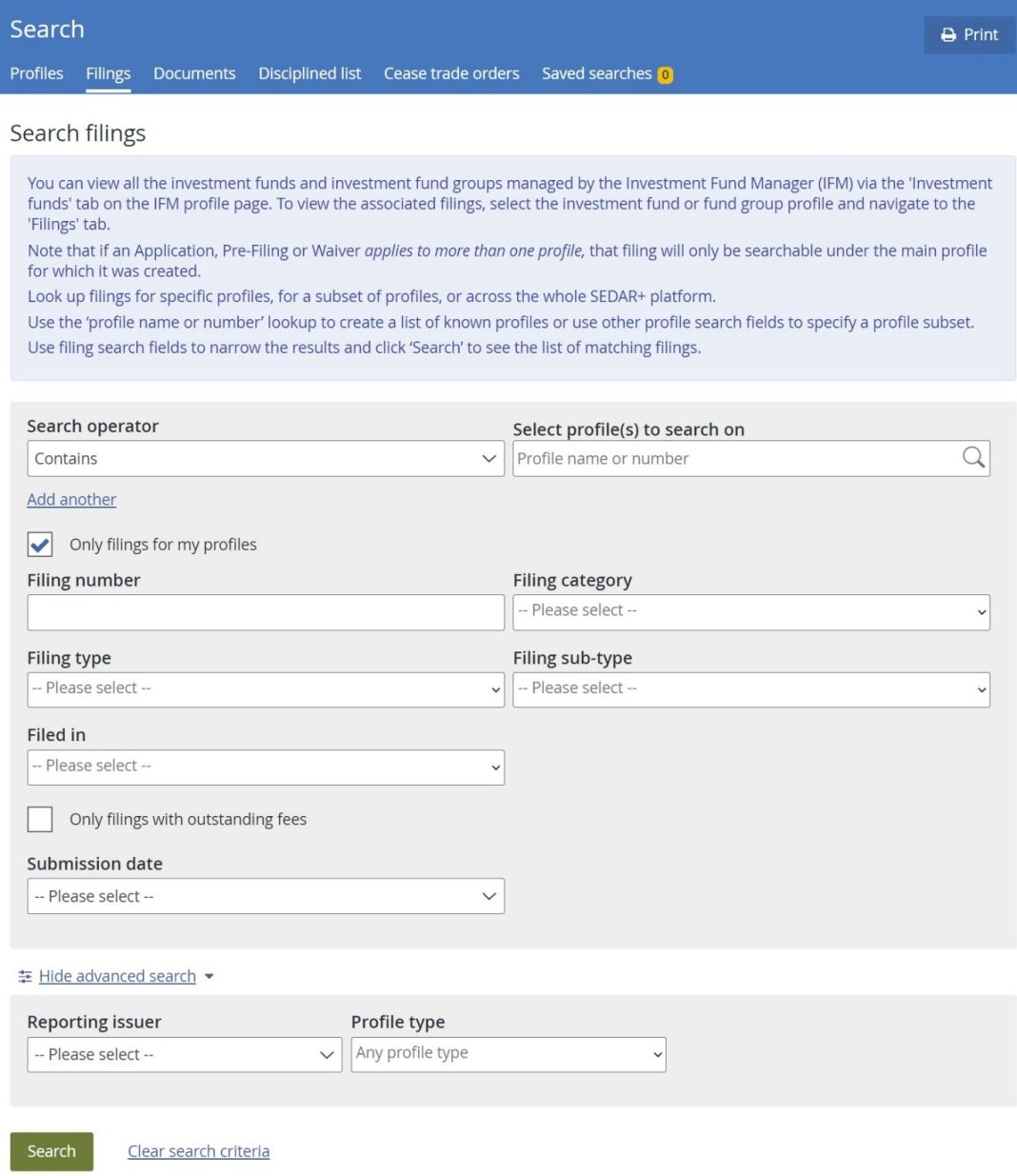 Bankruptcy filings in the United States are reaching the highest level seen in 13 years, according to a report by Standard & Poor’s. The increase in corporate bankruptcies can be attributed to higher interest rates, supply-chain issues, and reduced consumer spending. The report states that 75 new corporate bankruptcies were filed in June alone, indicating an acceleration from already high rates in 2023. Additionally, the number of bankruptcy filings in the first half of this year has exceeded any six-month period in the past 13 years.
Bankruptcy filings in the United States are reaching the highest level seen in 13 years, according to a report by Standard & Poor’s. The increase in corporate bankruptcies can be attributed to higher interest rates, supply-chain issues, and reduced consumer spending. The report states that 75 new corporate bankruptcies were filed in June alone, indicating an acceleration from already high rates in 2023. Additionally, the number of bankruptcy filings in the first half of this year has exceeded any six-month period in the past 13 years.
The bankruptcy filings were concentrated in sectors such as consumer-discretionary, health care, industrial, and information technology. Most of the filings were from small to mid-size companies. However, it is worth noting that nearly two-thirds of the bankruptcy filings were reorganizations, meaning that the companies intended to restructure their debts and continue operating.
Jonathan Carson, the co-CEO of Stretto, a bankruptcy technology and case-management services firm, explains that rising interest rates have made it more difficult for businesses to stay open, especially when debt service increases and profit margins are thin. Small businesses, in particular, are facing challenges such as falling consumer demand, higher labor costs, and input pressures.
Even long-established companies are not immune to bankruptcy. Conn’s HomePlus, a 134-year-old home goods retailer, recently filed for Chapter 11 bankruptcy and is set to close 71 of its 170 stores. The company holds nearly $2 billion in debts to 25,000 creditors.
Looking ahead, Joseph Drupps, a central partner at Drupps Ventures, believes that bankruptcies will stabilize in the coming years if the Federal Reserve lowers interest rates. Lower interest rates are generally seen as a positive for businesses.
Consumer discretionary companies, which rely on personal spending but are not essential, have been the hardest hit by bankruptcy filings. This may indicate that Americans are becoming more cautious about their spending choices. A report by Bank of America found that consumer spending was soft but stable. However, there were generational gaps in spending patterns. Generation Z and younger millennials decreased their discretionary spending, potentially due to increased spending commitments as they grow older. On the other hand, spending by baby boomers was boosted by the cost-of-living increase for Social Security payments.
While business bankruptcies are making headlines, personal bankruptcy filings are also on the rise. The weekly average of personal bankruptcy filings has increased by nearly 10 percent compared to 2023 and by approximately 24 percent compared to 2022. The consumer balance sheet in America is not looking pretty, with high levels of credit card, mortgage, and student loan debt. Household debt balances have risen to $17.69 trillion, with credit card debt surpassing $1.11 trillion, mortgage balances totaling $12.44 trillion, and student loan debt reaching nearly $1.6 trillion.
In conclusion, the increase in bankruptcy filings, both in the corporate and personal sectors, is a concerning trend. Higher interest rates, supply-chain issues, and reduced consumer spending are contributing factors. While there is hope that bankruptcies will stabilize in the future, the current economic climate poses challenges for businesses, particularly small ones, and individuals alike. It is important for businesses to carefully manage their debt and for individuals to be aware of their personal financial situation to avoid bankruptcy.


